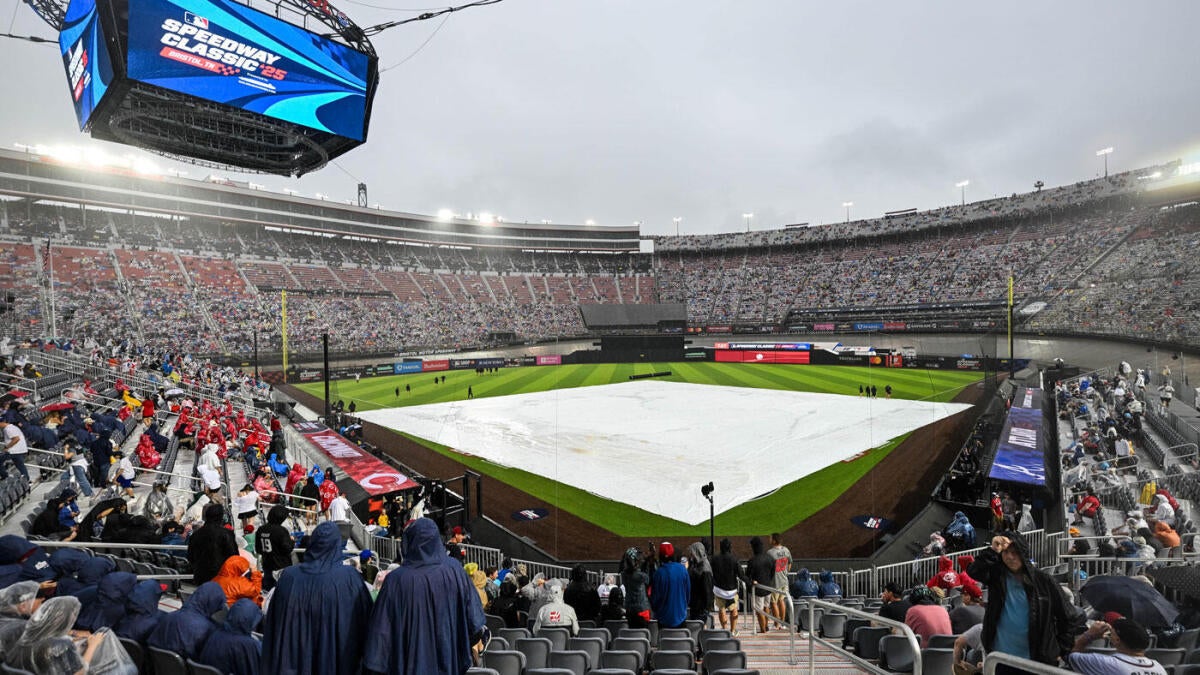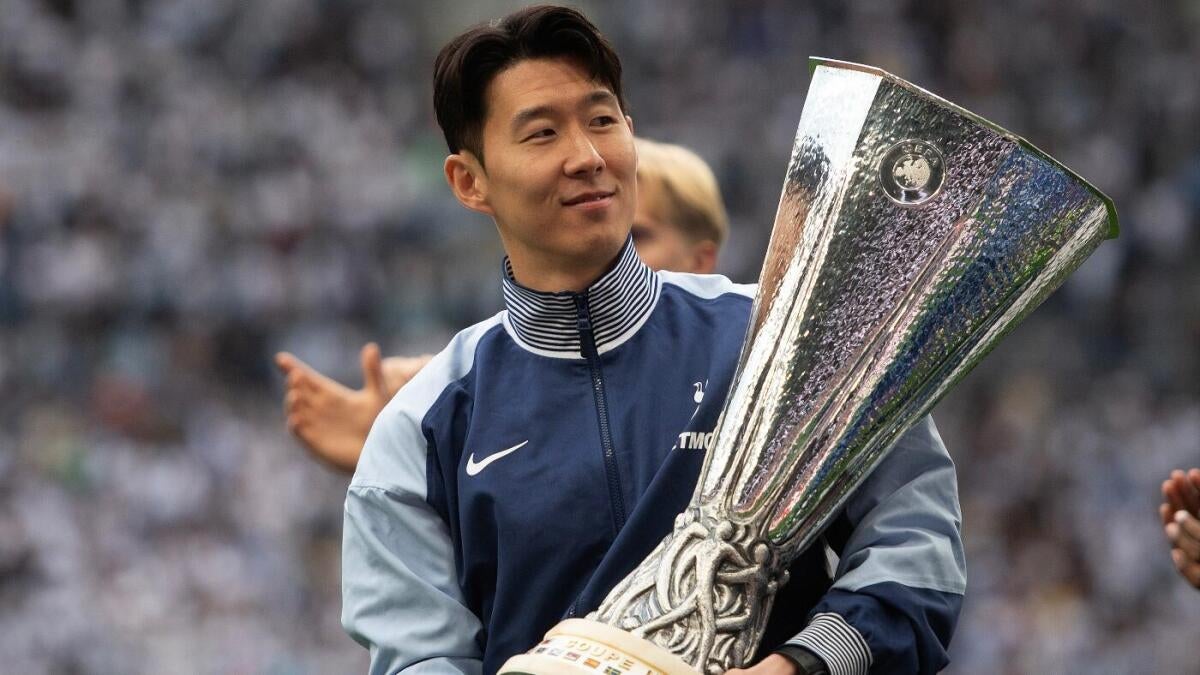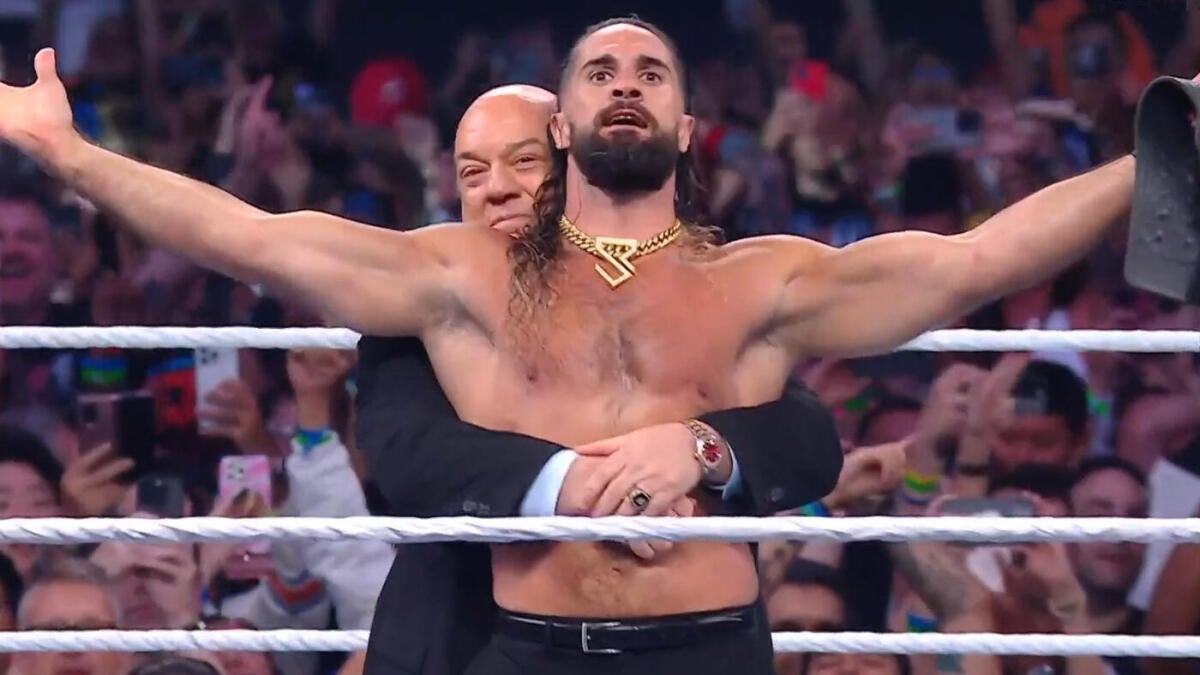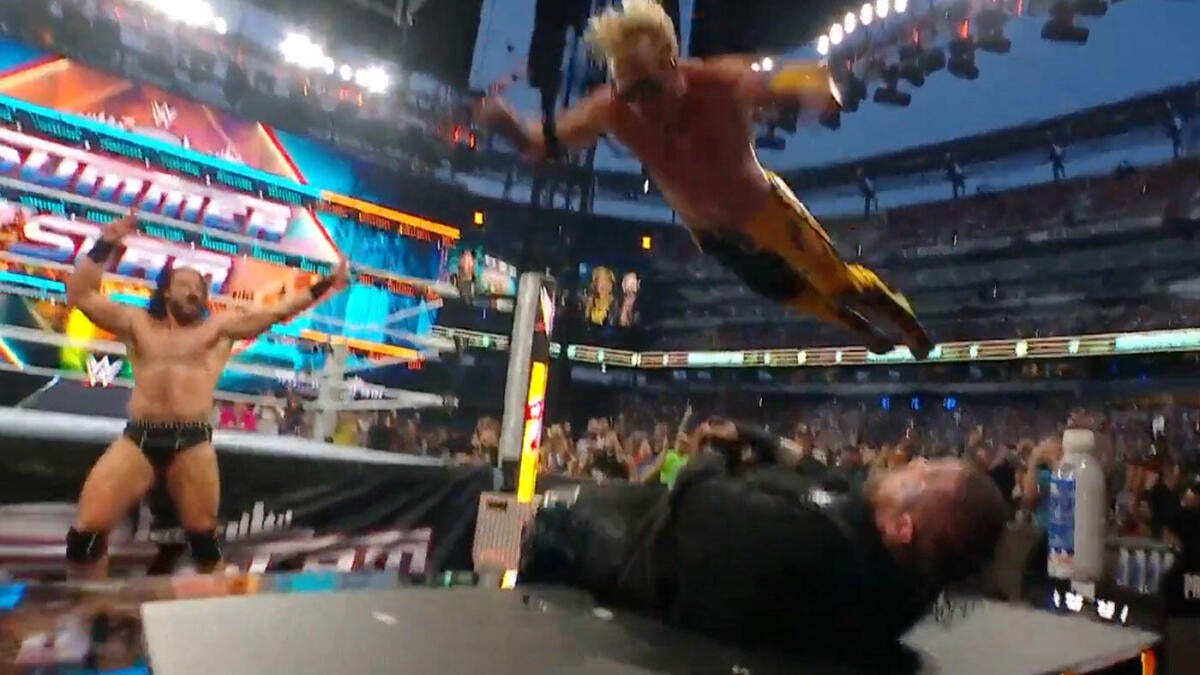The 2025 MLB Trade Deadline: A Masterclass in Strategic Roster Management
The 2025 MLB Trade Deadline has cemented its place in baseball history as a pivotal moment where teams either fortified their championship aspirations or laid the groundwork for future success. This year’s deadline was characterized by a stark divide between sellers and buyers, with each group executing their strategies with remarkable precision. The ripple effects of these transactions will shape the league’s competitive balance for years to come, making this deadline one of the most consequential in recent memory.
The Seller’s Market: A Blueprint for Long-Term Success
The most striking trend of the 2025 deadline was the dominance of selling teams. Organizations like the Miami Marlins and Tampa Bay Rays demonstrated an astute understanding of the modern baseball landscape, where the value of a deep farm system often outweighs the immediate gratification of a playoff run. These teams didn’t just sell; they orchestrated masterful rebuilds that positioned them as future contenders.
The Marlins’ Masterstroke
The Miami Marlins emerged as the undisputed kings of the seller’s market. Their front office displayed an uncanny ability to maximize the value of their assets, trading away established players for a treasure trove of prospects. This approach wasn’t just about acquiring young talent; it was about creating a sustainable model for success. The Marlins’ willingness to part with veterans in their prime showcased a long-term vision that many teams struggle to adopt.
Their most notable trade involved sending a franchise cornerstone to a contender in exchange for a package that included three of the top 50 prospects in baseball. This move wasn’t just about the immediate return; it was about signaling to the rest of the league that the Marlins were serious about building a winner from the ground up. The Marlins’ ability to navigate the trade market with such precision has set them up for a quicker rebuild than many expected.
The Rays’ Innovative Approach
The Tampa Bay Rays, known for their innovative approach to baseball, continued their tradition of outsmarting the market. Their front office identified undervalued veterans and flipped them for promising young talent, further solidifying their reputation as one of the smartest organizations in baseball. The Rays’ ability to identify and acquire high-upside prospects has been a hallmark of their success, and this deadline was no exception.
One of their most notable trades involved acquiring a highly regarded catching prospect in exchange for a veteran reliever. This move wasn’t just about the immediate return; it was about addressing a long-term need while maintaining their competitive window. The Rays’ ability to balance short-term success with long-term planning is a testament to their front office’s strategic vision.
Contenders Go All-In: The Art of the Win-Now Move
While sellers were busy stockpiling prospects, contenders were making bold moves to bolster their rosters for a playoff push. Teams like the San Diego Padres, Los Angeles Dodgers, and New York Yankees demonstrated a clear commitment to winning now, making significant additions to address their weaknesses.
The Padres’ Bold Play
The San Diego Padres made headlines with their acquisition of starting pitcher Mason Miller from the Oakland Athletics. This move signaled their unwavering commitment to contending for a World Series title in 2025. Acquiring Miller provides a significant boost to their rotation and addresses a clear need. The Padres’ willingness to make a bold move at the deadline showcases their front office’s aggressive approach to roster construction.
The Dodgers’ Depth Strategy
The Los Angeles Dodgers, perennial contenders, continued their trend of adding depth and talent at every opportunity. They made several strategic moves to improve their bullpen and add offensive firepower, solidifying their position as one of the favorites in the National League. The Dodgers’ ability to identify and acquire impact players at the deadline is a testament to their front office’s relentless pursuit of excellence.
The Yankees’ Pressure-Packed Moves
The New York Yankees, facing pressure from their fanbase to improve after a disappointing season, were active in pursuing upgrades. While they didn’t land any of the biggest names, they made several solid acquisitions to address their weaknesses and improve their chances of making a playoff run. The Yankees’ ability to navigate the trade market under intense scrutiny is a testament to their front office’s resilience.
The Curious Case of Correa: A Move That Defies Convention
One of the most stunning developments of the deadline was the return of Carlos Correa to the Houston Astros. After spending several seasons with other teams, Correa found himself back in Houston, a move that sent shockwaves throughout the league. This trade raises several questions. First, what does it say about the Astros’ confidence in their current roster? Second, how will Correa be received by the fans, given his history with the team?
The Astros’ decision to reacquire Correa is a bold move that could pay significant dividends. Correa’s proven track record of success in Houston makes him a valuable addition to their roster. However, the move also comes with risks. Correa’s reception by the fans and his ability to integrate into the team’s culture will be crucial factors in determining the success of this trade.
Notable Trades and Grades: A Closer Look
The 2025 trade deadline was filled with notable transactions that will shape the league’s competitive balance. Here’s a closer look at some of the most impactful trades and their corresponding grades:
San Diego Padres Acquire Mason Miller from Oakland Athletics
Grade: A+ for the Padres, C for the Athletics
The Padres’ acquisition of Mason Miller is a game-changer for their rotation. Miller’s elite stuff and proven track record make him a valuable addition to their playoff push. The Athletics, on the other hand, continue their rebuild by acquiring prospects, but the return may not be enough to justify the loss of a top-tier starting pitcher.
Houston Astros Acquire Carlos Correa
Grade: B+ for the Astros, Incomplete for Correa’s Former Team
The Astros’ decision to reacquire Correa is a bold move that could pay significant dividends. Correa’s proven track record of success in Houston makes him a valuable addition to their roster. However, the move also comes with risks. Correa’s reception by the fans and his ability to integrate into the team’s culture will be crucial factors in determining the success of this trade.
Philadelphia Phillies Acquire Jhoan Duran
Grade: A for the Phillies, B for the Selling Team
The Phillies’ acquisition of Jhoan Duran addresses a clear need in their bullpen. Duran’s track record of success makes him a valuable addition to their playoff push. The selling team, on the other hand, receives a solid return but may have undervalued Duran’s impact.
Toronto Blue Jays Acquire Shane Bieber
Grade: B+ for the Blue Jays, C+ for the Selling Team
The Blue Jays’ acquisition of Shane Bieber adds a quality starting pitcher to their rotation. Bieber’s proven track record of success makes him a valuable addition to their playoff push. The selling team, on the other hand, receives a solid return but may have undervalued Bieber’s impact.
Winners and Losers: A Tale of Two Strategies
The 2025 trade deadline was a tale of two strategies: sellers focused on long-term success, while buyers aimed for immediate gratification. The winners and losers of this deadline will be determined by the success of these strategies.
Winners
Miami Marlins: The Marlins’ masterful sell-off significantly improved their farm system, setting them up for a quicker rebuild than many expected.
Tampa Bay Rays: The Rays’ innovative approach to the trade market further solidified their reputation as one of the smartest organizations in baseball.
San Diego Padres: The Padres’ bold move to acquire Mason Miller showcased their front office’s aggressive approach to roster construction.
Losers
Teams that failed to address glaring needs: Some teams sat on the sidelines and missed opportunities to improve their rosters, potentially putting them at a disadvantage in the playoff race.
Teams that overpaid for talent: A few teams may have given up too much in exchange for short-term gains, potentially hindering their long-term success.
The Impact on the Playoff Race: A Reshaped Landscape
The 2025 trade deadline has undoubtedly reshaped the playoff landscape. Teams that made significant additions have improved their chances of contending, while teams that stood pat may find themselves at a disadvantage. The races in both the American League and National League are sure to be exciting down the stretch, as teams battle for playoff spots and World Series contention.
Conclusion: A Deadline Defined by Strategic Vision
The 2025 MLB Trade Deadline will be remembered as a period of strategic maneuvering and bold decision-making. Teams adopted diverse strategies, reflecting a deeper understanding of the long-term value of asset management and roster construction. While some teams went all-in for a championship, others focused on building a sustainable foundation for future success. The true impact of these moves will be revealed in the years to come. The savvy sellers have set themselves up for potential future dominance, while the bold buyers are banking on immediate returns. It remains to be seen which approach will ultimately prove more successful, but the 2025 trade deadline has undoubtedly left an indelible mark on the landscape of Major League Baseball.











